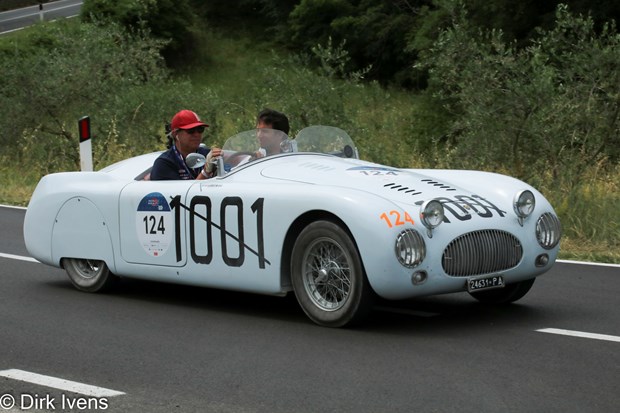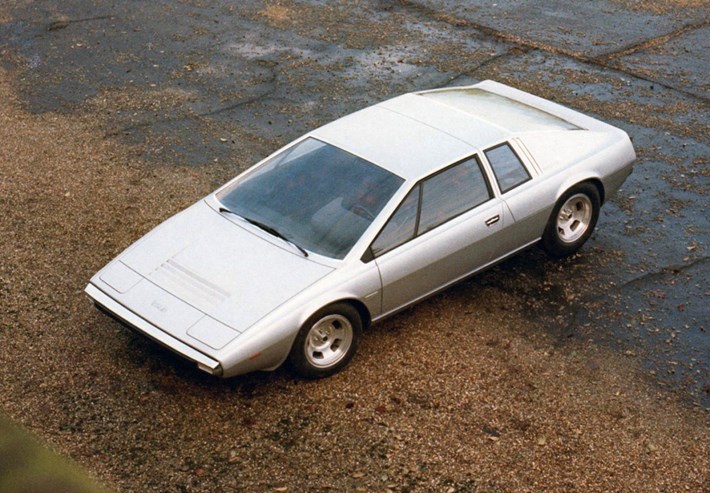
Quite atypical in its design and philosophy, the Lotus Esprit held its own in the prestige sports car market for almost 30 years. An extraordinary career!
In the early 1970s, Colin Chapman, the founder of Lotus, was considering the future of his company. Although the company had made a name for itself in the world of sports cars, it had no top-of-the-range model to rival Porsche or Ferrari. The decision was made to develop an exclusive vehicle and Lotus turned to Giorgetto Giugiaro and his Ital Design office to design what would become the Esprit. In 1972, a prototype based on the Europa was presented at the Turin Motor Show. It was all angles and had a mid-rear engine. Made of fibreglass, the bodywork of this car underwent extensive research to improve its aerodynamics. After much development, the Esprit was finally launched in 1976. Under the bonnet was a 4-cylinder engine of only 2 litres developing 155 bhp, combined with a manual gearbox from the Citroën SM! Despite obvious problems with the finish (cheap and unflattering plastics, too simple rear suspension), the car was a great success thanks to its atypical appearance. The master stroke was to convince the producers of the James Bond saga to give the secret agent a copy of the Esprit. In "The Spy Who Loved Me", Bond, played by Roger Moore, uses the British sports car, which has become amphibious for the occasion! An S3 was then used again in "For Your Eyes Only".
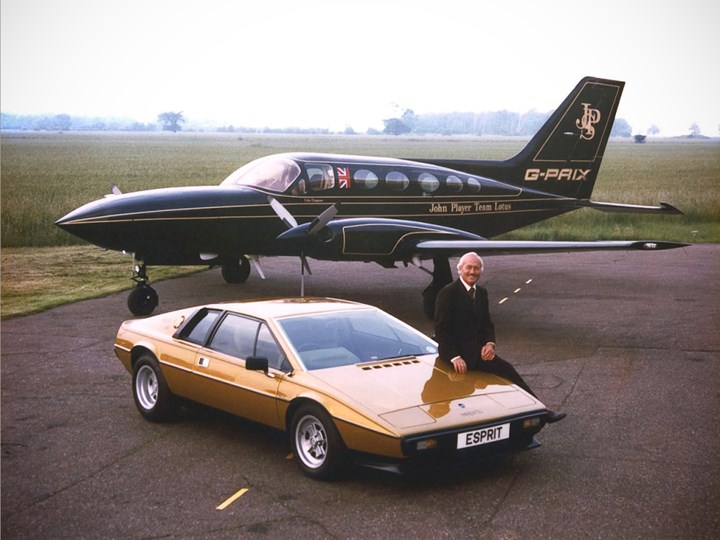
Improvements
Two years after the launch of the car, Lotus was already marketing its improved version, logically named S2. The finish was a little better but the car still suffered from a lack of rigidity and rear suspension that did not keep pace. 1980 was the year of the revelation: Lotus fitted a turbo to the limited Essex version. With 210 bhp from its 2.2 litre engine, the Esprit could take on the 2.9-litre V8 Ferrari 308. To cope with this extra power, the bodywork has been modified for greater aerodynamic support and the chassis has been extensively modified. Capable of accelerating from 0 to 100 km/h in 5.5 seconds and reaching a top speed of 245 km/h, the Esprit was definitely in the big league. The following year, the Esprit Turbo became a permanent fixture in the Lotus catalogue and the model evolved into the S3 with the introduction of a naturally aspirated 2.2 litre version.
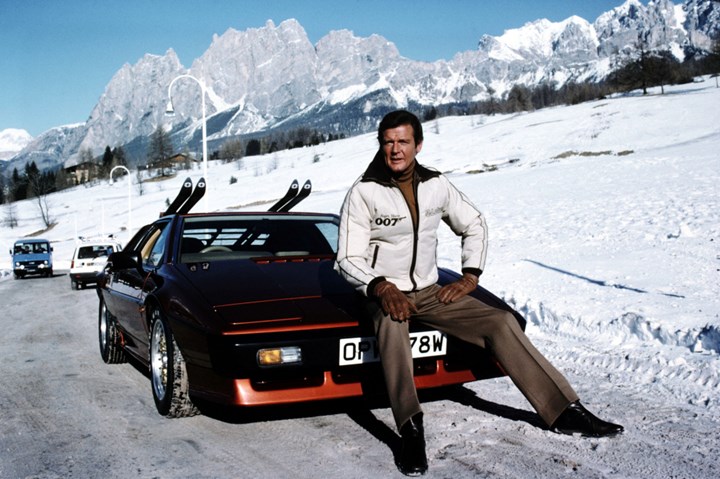
Update
In 1988, the Esprit was completely updated by designer Peter Stevens who rounded off and softened the Giugiaro lines. The following year, the turbocharged version was water-cooled, giving it 264 bhp. The car also received a rear spoiler for more downforce. In 1993, the S4 was introduced and its appearance was once again modernised. However, the best was yet to come as in 1996 the Esprit V8 appeared, without doubt the best version of this sports car. With 350 hp from its 3.5-litre engine, it was capable of accelerating from 0 to 100 km/h in 4.5 seconds. A dinosaur in the sports car market, it was sold in dribs and drabs until 2004, when it was retired after almost 30 years of loyal service!
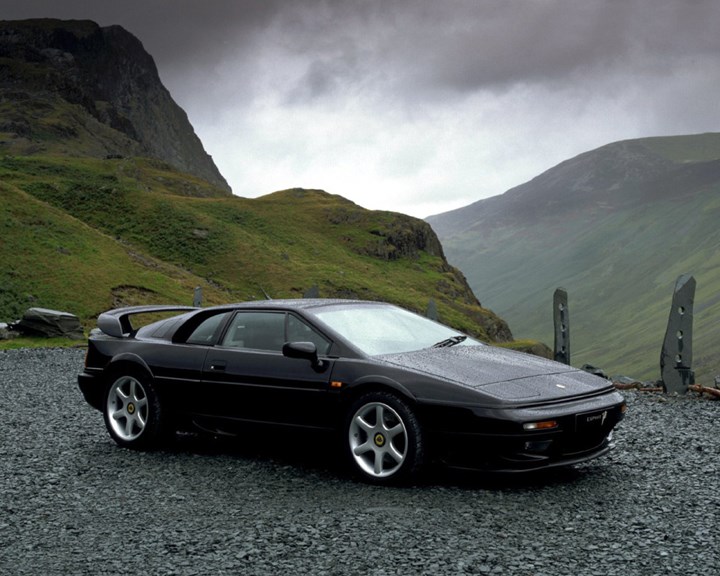
History repeats itself
When it was released, the Esprit replaced several Lotus models and was alongside the Elite, which sold very poorly. As luck would have it, Lotus will soon stop production of the Elise, Exige and Evora, three iconic cars of the British manufacturer. They will be replaced by the Emira, a coupe with a choice of a 4-cylinder Mercedes-AMG engine or a V6 Toyota, and the last purely internal combustion vehicle from Lotus: a new chapter for the brand!


















